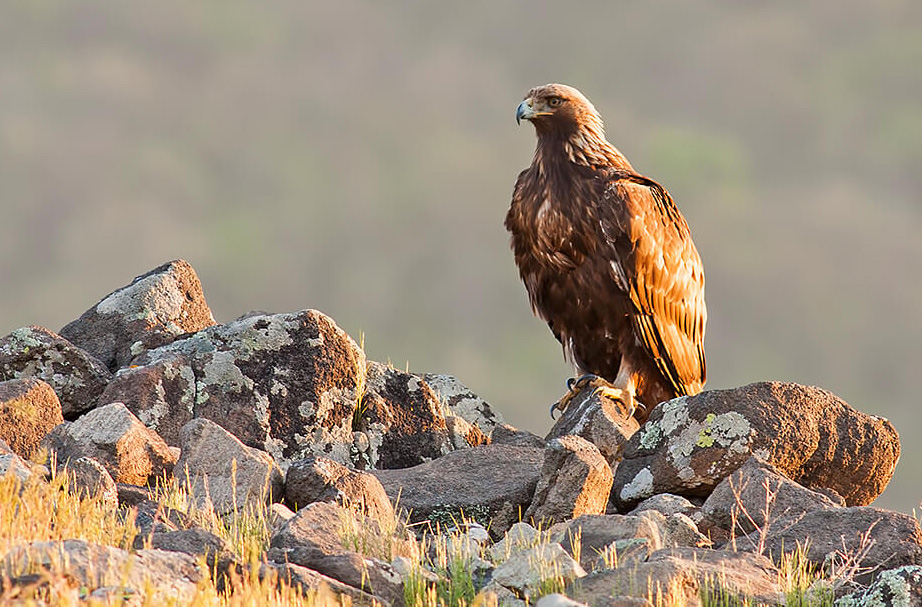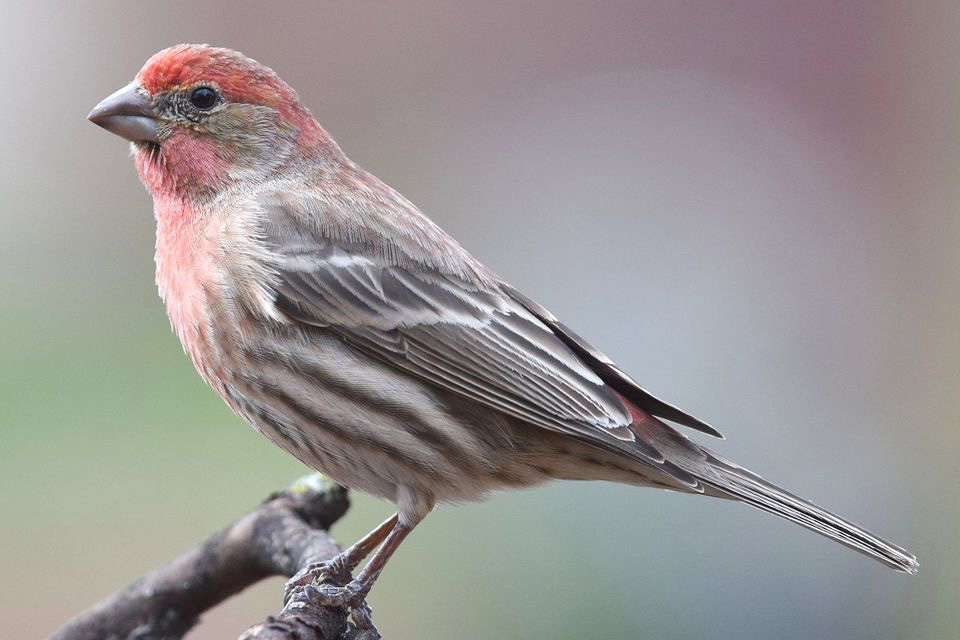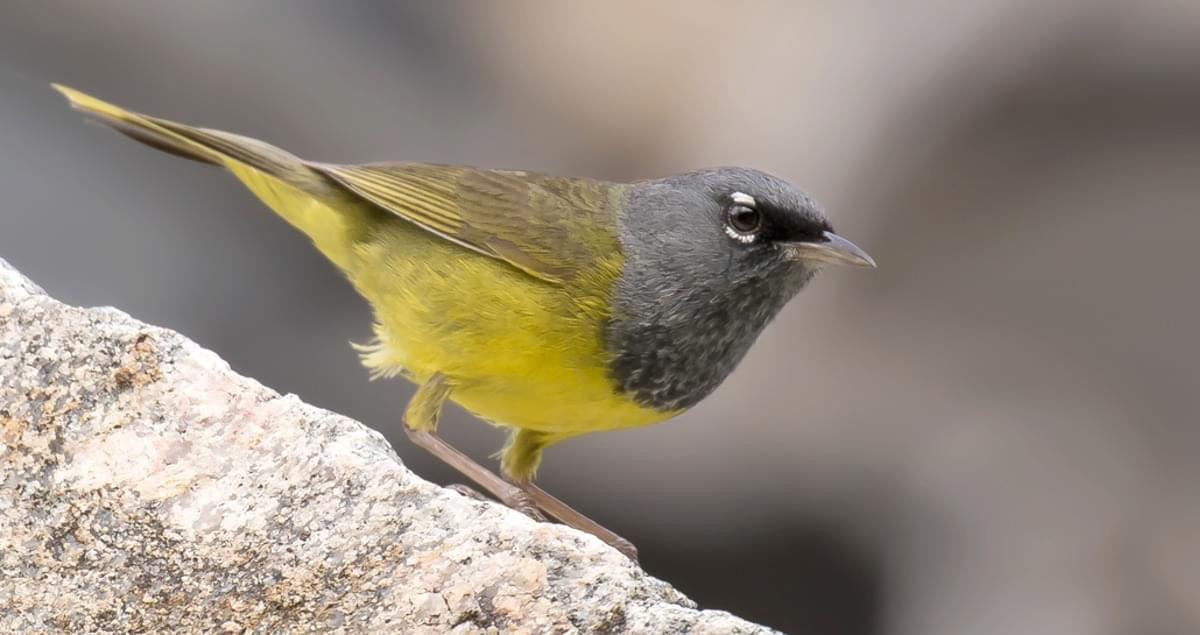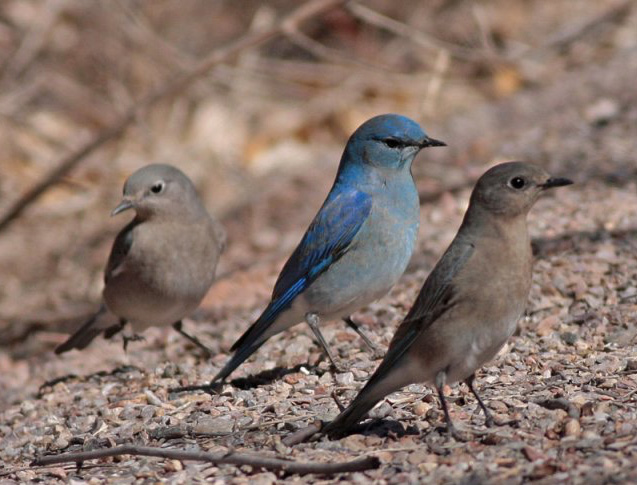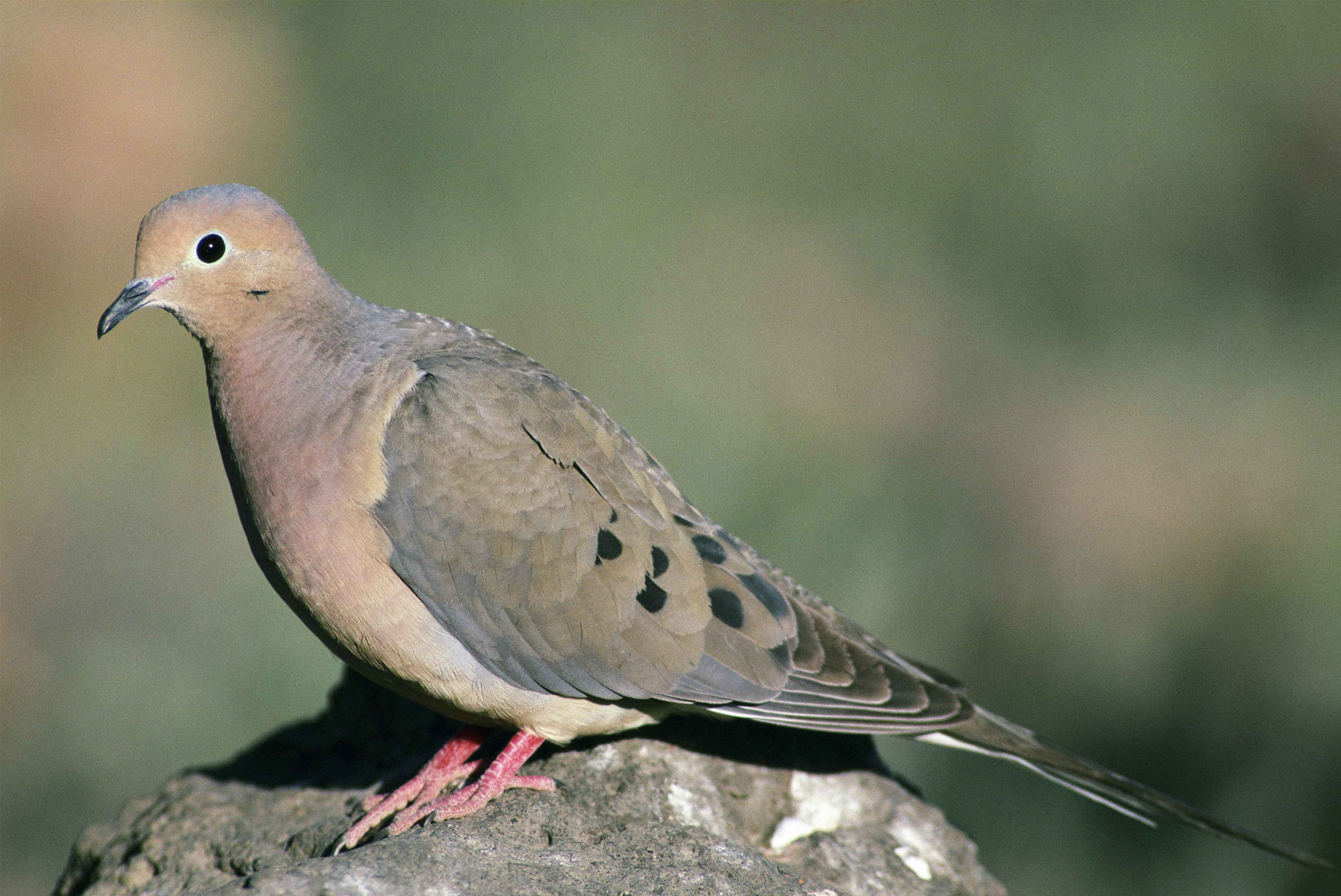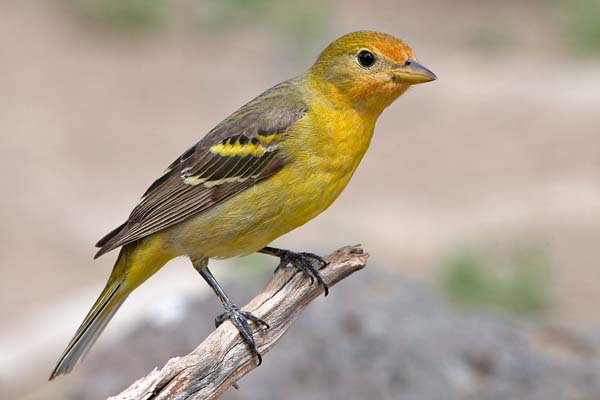Birds
There is a wide variety of bird life that can be found on Foxtail Farm and according to the Laws Field Guide to the Sierra Nevada, there are 232 bird species to be found. The birds below are those that we have personally spotted either near the house or out on our trails. We are actively working to identify more species and for those "birders" who wish to stay at the bed and breakfast, we are building trails throughout the property to provide for sighting opportunities.
For Hummingbirds, click here.
Acorn Woodpecker
Melanerpes formicivorus has a brownish-black head, back, wings and tail, white forehead, throat, belly and rump. The eyes are white. The white neck, throat, and forehead patches are distinctive identifiers. When flying, they take a few flaps of their wings and drop a foot or so. White circles on their wings are visible when in flight. Acorn woodpeckers have a call that sounds almost like they are laughing. Image by Cornell Lab of Ornithology
Ash-Throated Flycatcher
Myiarchus cinerascens is a passerine bird in the tyrant flycatcher family. It breeds in desert scrub, riparian forest, brushy pastures and open woodland from the western United States to central Mexico. This bird sings outside our window every morning during the summer months.
Bald Eagle
Haliaeetus leucocephalus; Bald eagles are around but rarely sighted on the property.
California Quail
Callipepla californica. We often see these birds in coveys feeding by the side of the road or near the main trail through the property.
Common Raven
Corvus corax, also known as the northern raven, is a large all-black passerine bird. Found across the Northern Hemisphere, it is the most widely distributed of all corvids. It is possibly the heaviest passerine bird; at maturity, the common raven averages 25 inches in length and 2.6 pounds in mass. Common ravens can live up to 21 years in the wild.
Dark-eyed Junco
Junco hyemalis; A frequent visitor to our bird feeders out front. Image by NestWatch
Golden Eagle
Aquila chrysaetos; Image San Diego Zoo
House Finch
Carpodacus mexicanus; We have seen both the male and female feeding on sunflower seeds in the feeders hanging from the Manzanita tree at the front of the house. Image The Spruce
Lesser Goldfinch
Carduelis psaltria or the lesser goldfinch are found in flocks or at least loose associations. It utilizes almost any habitat with trees or shrubs except for dense forest, and is common and conspicuous in many areas, often coming near houses. It is common at feeders and will come almost anywhere with thistle sock feeders. Flocks of at least six birds will often be seen at feeders. It feeds mostly on tree buds and weed seeds. We spotted two birds near our house in August 2018 and March 2020. Image by National Audubon Society.
MacGillivray's Warbler
Oporornis tolmiei - Spotted March 2018 feeding in the grass out our back door.
Mallard
Anas platyrhynchos is a dabbling duck that belongs to the subfamily Anatinae of the waterfowl family Anatidae. The male birds (drakes) have a glossy green head and are grey on their wings and belly, while the females (hens or ducks) have mainly brown-speckled plumage. Both sexes have an area of white-bordered black or iridescent blue feathers called a speculum on their wings; males especially tend to have blue speculum feathers. We spotted a male and female pair in our seasonal pond in late May 2019.
Mountain Bluebird
Sialia currucoides is a medium-sized bird similar in size to a sparrow. They have light underbellies and black eyes. Adult males have thin bills and are bright turquoise-blue and somewhat lighter underneath. Adult females have duller blue wings and tail, grey breast, grey crown, throat and back. We spotted both a male and female near our house in August 2018.
Mourning Dove
Zenaida macrouraare light grey and brown and generally muted in color. Males and females are similar in appearance. The species is generally monogamous, with two squabs per brood. Both parents incubate and care for the young. Mourning doves eat almost exclusively seeds.
Nuttall's Woodpecker
Picoides nuttallii prefer oak woodlands. We often see them on our power pole right outside the house and may have been responsible for the split pole (see Blog posting, "Shoemaker's Elves "). They feed on insect larvae of the wood borers, click beetles and ants.
Red-shouldered Hawk
Buteo lineatus is a medium-sized hawk. Its breeding range spans eastern North America and along the coast of California and west of the Sierra Nevada from northern California to northern Baja California. We spotted a specimen in early July 2019 near the house along our driveway and Harris road. Image by Bay Nature.
Red-Tailed Hawk
Buteo jamaicensis. In 2017 we had a red-tailed hawk nesting in the trees near our house. Our hope was that they would be active in helping to eradicate the our pocket gopher population.
Steller's Jay
Cyanocitta stelleri; is a jay native to western North America, closely related to the blue jay found in the rest of the continent, but with a black head and upper body. It is also known as the long-crested jay, mountain jay, Braham's jay and pine jay. It is the only crested jay west of the Rocky Mountains. Image by U.S. Fish and Wildlife Service
Turkey Vulture
Carthartes aura. is also known in some North American regions as the turkey buzzard and is the most widespread of the New World vultures. The turkey vulture is a scavenger and feeds almost exclusively on carrion. It finds its food using its keen eyes and sense of smell, flying low enough to detect the gasses produced by the beginnings of the process of decay in dead animals. These birds are often seen gliding over the property looking for carrion.
Violet-green Swallow
Tachycineta thalassina is a small North American passerine bird in the swallow family. These aerial insectivores are distributed along the west coast from Alaska to Mexico, extending as far east as Montana and Texas. With an appearance very similar to the tree swallow, these individuals can be identified by the white rump side-patches that appear to separate their green back and purple tail. Violet-green swallows are secondary cavity nesters, found in a number of habitats including deciduous and coniferous forests. We spotted a specimen near the house in May 2019.
Western Scrub Jay
Aphelocoma californica is also know as the California Scrub Jay. It is a medium sized bird about 11-12 inches in length. The call or "screech" is described as "harsh and scratchy."
Western Tanager
Piranga ludoviciana have pale stout pointed bills, yellow underparts and light wing bars. Adult males have a bright red face and a yellow nape, shoulder, and rump, with black upper back, wings, and tail; in non-breeding plumage the head has no more than a reddish cast and the body has an olive tinge. Females have a yellow head and are olive on the back, with dark wings and tail. The song of disconnected short phrases suggests an American robin's but is hoarser and rather monotonous. The call is described as pit-er-ick. We spotted this bird in July 2018 on one of our sunflowers.
Wild Turkey
Meleagris gallopavo; We often hear the turkeys but seldom see them up close. In 2017 we had a pair of turkeys come right up to the house and parade past our windows. In 2018 we have seen a large flock on several occasions on the property near the house. In 2019 there were several specimens noted near the house between March and June. Image by wildlifehelp.org








